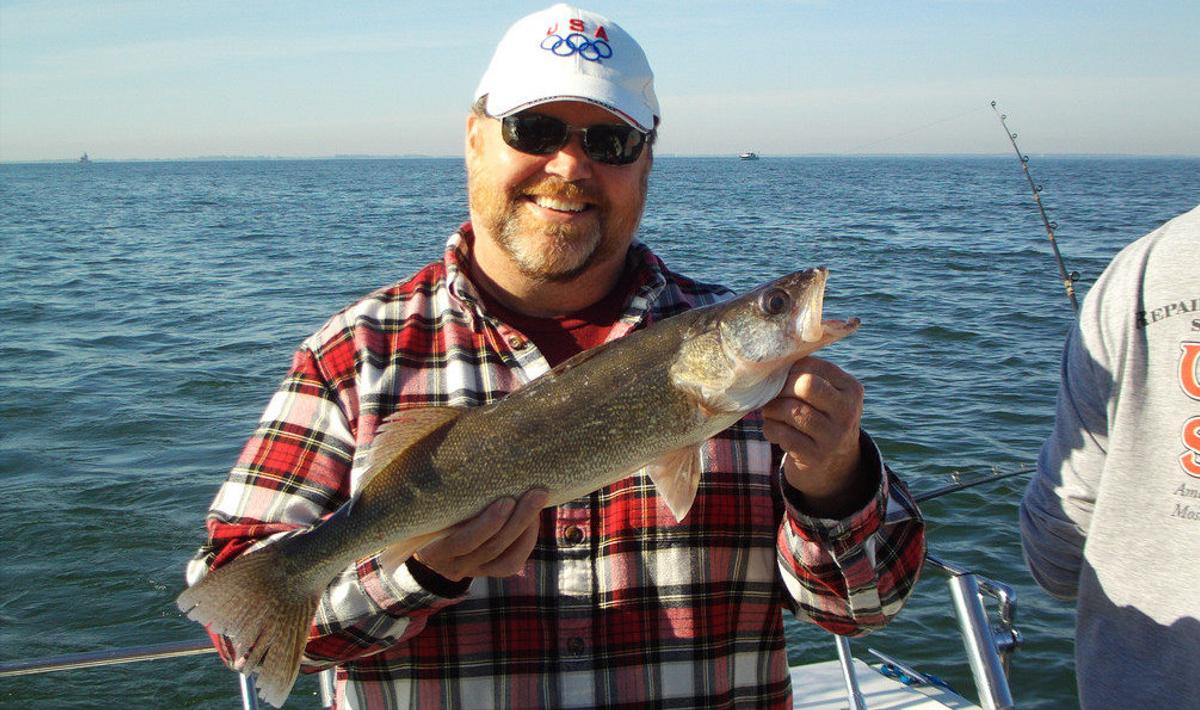Finding Walleye After The Spawn: Where To Look
During the pre-spawn and spawn, walleye anglers are blessed with some of the best fishing of the season. The fish are shallow, and feed all day long as they complete their spawning ritual. Then, as they finish up they disappear – creating some of the toughest fishing of the year.It’s not that walleye’s don’t eat during the post-spawn; it’s that they’re constantly on the move, making locating fish and staying on them an extremely difficult proposition.For that reason, we thought it would be a good idea to put together the a quick guide for finding and fishing walleyes once they’re done spawning.
1. Cover Water
Because the spawn takes a few weeks to accomplish, it’s likely that the walleyes in your lake will disperse over a drawn out period rather than all at once. Start looking in transition areas nearby spawning areas, and cover water by trolling. While most anglers jig during the spawn, the post-spawn period is the troller’s delight. Trolling for walleye allows anglers to quickly identify areas that are holding fish, and ensure that enough walleyes see your bait during the course of the day. Stick baits, cranks, and crawler harnesses are top choices.
2. Check The Flats
As post-spawn walleyes filter through the transition zones of lakes and rivers, one of the most common (and under fished) post spawn locations is shallow flats. They usually contain vast schools of perch and other baitfish, which the walleyes rely on to recover from the spawn. Flats can be effectively trolled, but they can also be jigged by first locating the edges of emerging weeds, or stumps and timber that may litter the bottom. These types of cover are walleye bulls eye’s during the post spawn, so identifying them is a major key to success.
3. Stay On The Bait
If there’s one consistent thing about post-spawn walleyes, it’s that they will always be around bait. They need to quickly recover from the rigors of spawning, and the best way to do that is to feed aggressively. Keep this in mind whenever and wherever you’re fishing in the post-spawn period. If you’re not at least periodically seeing bait on your locator, you’re probably in the wrong spot. If you’re not catching a fish or two, don’t be afraid to move – the walleyes are.
Updated September 28th, 2020 at 9:55 AM CT


